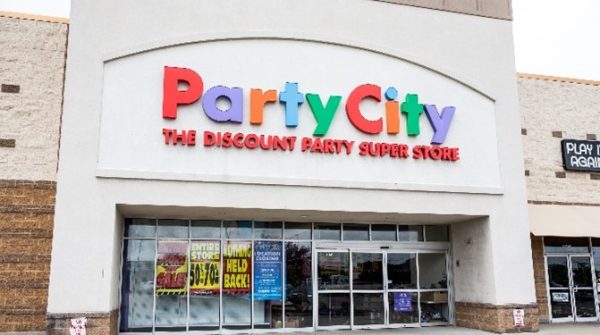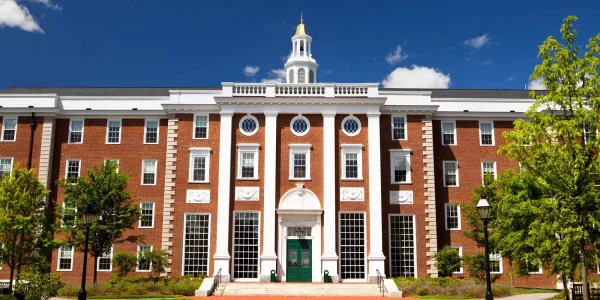The Danger of Safe Spaces
Coloring books. Bubbles. Play-Doh.
These were only a few of the accommodations made available, during a “possibly-triggering” debate about sexual assault, to students at Brown University.
Now, there’s nothing wrong with a good ol’ throwback to your kindergarten experiences. But when a closed-off area allows young adults to blindly ignore differing perspectives, under the guise of a “safe space,” it prevents the course of growth and maturity that is necessary for the real world. When safe spaces are introduced onto college campuses, it attacks the facilitation of intelligent discussion.
From accusations of racially-motivated police brutality, to rising immigration issues and the increasing media spotlight on ISIS, 2015 has seen its fair share of polarizing conflict. In the face of such tragedies, differing opinions inevitably emerge from the masses. Public polls say it all. Forty-five percent of Americans believe that police use unnecessary violent force, whereas 49% disagree. Seventy-six percent of Americans favor upping the airstrikes against ISIS, while 23% oppose. We live in a society of diverse individuals. Every person has a voice. With more than three hundred million people living in the United States alone, it’s ridiculous to expect a complete conformity of thought.
However, I would argue that it is this very simultaneous existence of differing opinions that pushes society forward and allows cultural progress. Every innovation in history was made by an individual with a creative mind. Every important philosophy, scientific breakthrough, and legislative decision was the product of back and forth, intelligent discussion amongst a variety of perspectives. Even the Constitution, the foundation of American ideals and justice, guarantees the undeniable freedoms of speech and expression.
Safe spaces prevent intelligent discussion by giving students the option of simply not engaging in discussion. Students are thus able to shut out and invalidate every experience other than their own. By the age of eighteen, adolescents are already permitted by law to drive a vehicle, possess medical emancipation, and join the military.
Are these “safe spaces” truly helping our college students? Are coloring books, bubbles, and Play-Doh what they need to be prepared for the working world? The fact of the matter is that it is impossible to be sheltered forever. Students go to college to prepare for the future, which requires that they understand how to engage in mutually respectful discussion. Counter-productively, safe spaces prohibit their development of maturity and hinder the ability to evaluate conflicting opinions.
This disengagement from discussion is a form of disrespect to those who have different viewpoints. The reality is that no one should operate under the impression that they are entitled to coloring books and coddling in the face of an opposing stance.
Brown university student Katherine Byron advocates for safe spaces, explaining an interview that they protect the “[invalidation] of people’s experiences, [which] could be damaging.” Byron was also the organizer of the safe space that provided coloring books, bubbles, and Play-Doh during a debate about a sensitive subject of concern, sexual assault on college campuses.
Yet, the delicacy that surrounds the topic of sexual assault must not prevent discussion and debate from occurring. Quite the opposite, it becomes even more crucial for society to hear out and engage multiple perspectives. Additionally, victims of sexual assault could potentially benefit more from greater discussion and exposure to the topic, rather than choosing isolation.
In fact, the leading treatment for PTSD, a disorder with causes linked to traumatic incidents like sexual assault, is exposure-based psychotherapy. Patients are re-exposed to the source of trauma that triggers their flashbacks through discussion and imagery. This type of open therapy for PTSD has been researched and advocated for by the greatest number of studies. Thus, solutions are possible, and diverse discussion could brainstorm even more innovative treatments while acting as a solution itself.
On a similar note, the future that safe spaces help mold is even more frightening. In the classic dystopian novel, 1984, Orwellian society is characterized by the repression and persecution of individual thought. The parallels between an Orwellian society and the ideas that safe spaces condone are too similar to ignore. In no way is it far-fetched to evaluate the possible consequences to which safe spaces contribute. If the emergence of safe spaces continues, the inherently corresponding decrease in the value of individual thought risks moving us one step closer to Orwell’s disturbing dystopian world.
The inundation of irony when it comes to safe spaces is preceded by no other societal development in recent times. Safe spaces attack the core values of established society, preventing younger generations from maturing, negating the very purpose and goals of institutions in which they are implemented, and threatening the absolute freedoms of individual speech and expression. Moreover, safe spaces are promoting exactly what they claim to protect people from: the invalidation of personal opinions.
In order for society to flourish, there needs to be a creative assortment of distinct perspectives, of coloring outside the lines, which can only emerge from intelligent, mutually respectful conversations. People want to incite progress by addressing troubling affairs, but safe spaces are part of the problem, not the solution.




